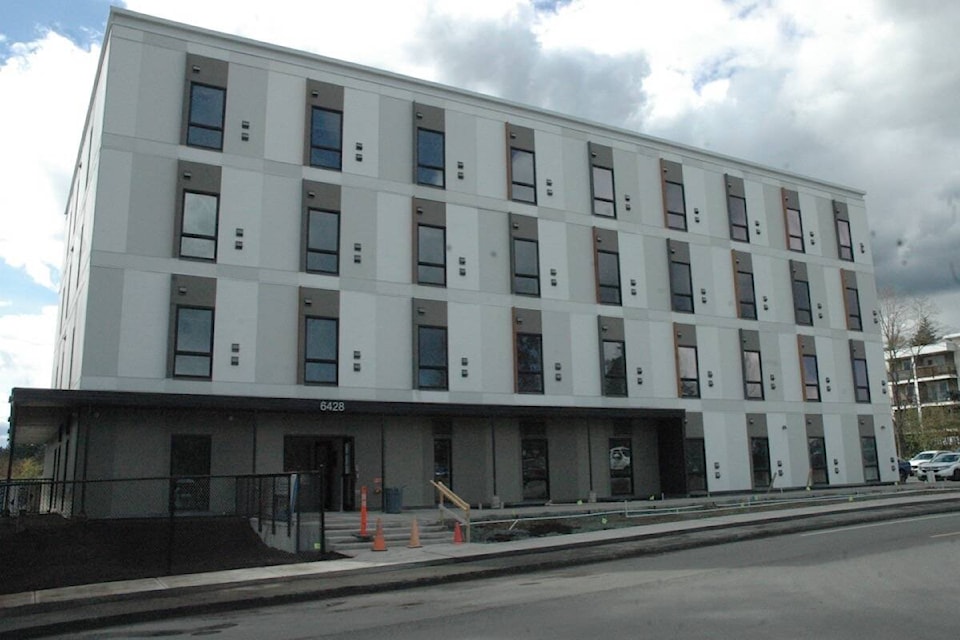In spite of significant strides made in Duncan and North Cowichan to get people living on the street under a roof, the number of people experiencing homelessness in the Cowichan Valley is continuing to grow.
A recent point in time homeless count found the number of people from Ladysmith to the Malahat without a home is at least 229. That’s up from the 129 counted in 2020. And it’s an undercount of the true number of those who are homeless, as it doesn’t include many people living in their cars, couch surfing, or many youth and members of Cowichan Tribes who are tougher to get data on.
While there will always be some who choose to live outdoors rather than in a more conventional situation, the majority of those living on the street don’t want to be there. It’s also been shown that when people have a place to live they are much better able to get their lives together in other ways, like getting a job, and getting mental health and substance use supports if needed.
Housing first is a strategy that works.
There are many misconceptions about those who are experiencing homelessness, advocates stress. While substance abuse was the reason 31 per cent of those counted were homeless, consider that means that 69 per cent had other reasons. For 37 per cent, they just didn’t make enough money to afford a place to live — clearly something that needs to be addressed either through existing social programs or serious consideration of a guaranteed basic income. This is especially important as the price for everything goes up, including rent, leaving so many vulnerable.
Even Cowichan’s smallest communities are not immune. Anywhere there is a public restroom or quiet parking area it’s likely there is someone living low-key in their vehicle, just trying to survive and stay off the radar. While the problems around the City of Duncan are the most visible in the Valley, places like Shawnigan Lake, Crofton and Lake Cowichan aren’t at zero.
Duncan Mayor Michelle Staples tackled head on the rumours that persistently crop up every so often that the number of homeless are increasing because they’re being bused in en masse from larger metropolises. It’s simply not happening. She pointed out that 37 per cent of those experiencing homelessness have always lived here, while 86 per cent of those who moved here have been in the area for at least a year, with 66 per cent having been here for more than five years.
So this is our problem.
It’s clear we need a range of social housing, from low-cost rentals to more supportive housing, to address the needs, as this is not what private developers do. It’s the only way we’re going to fix it.
